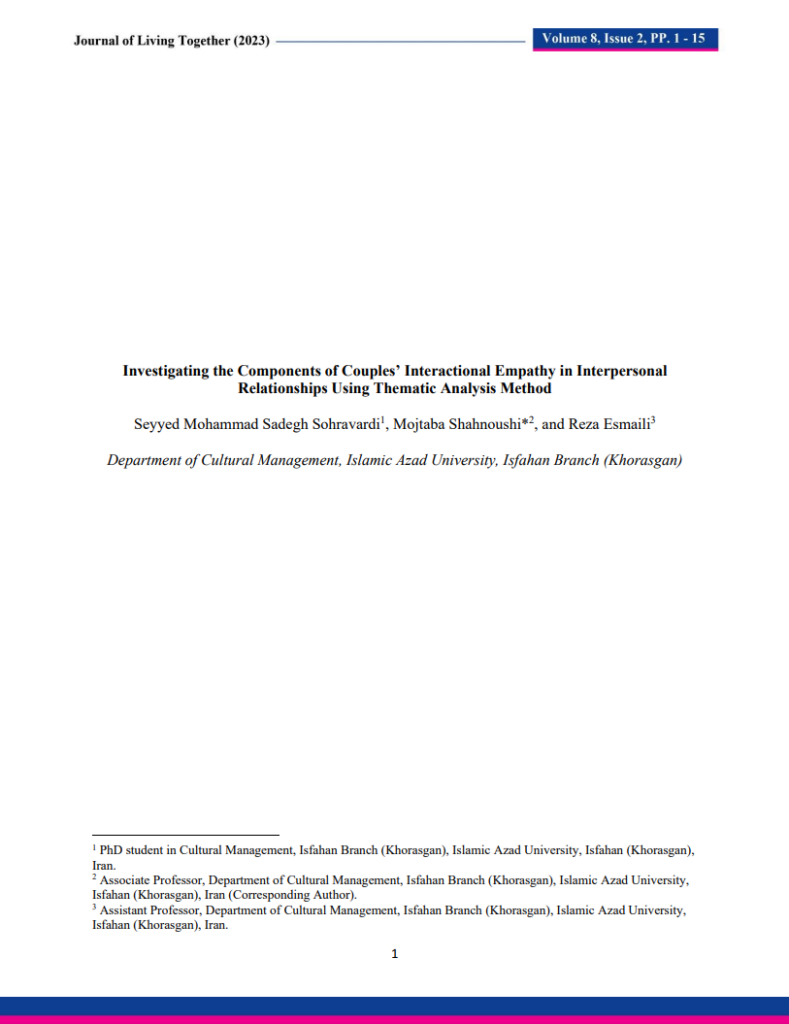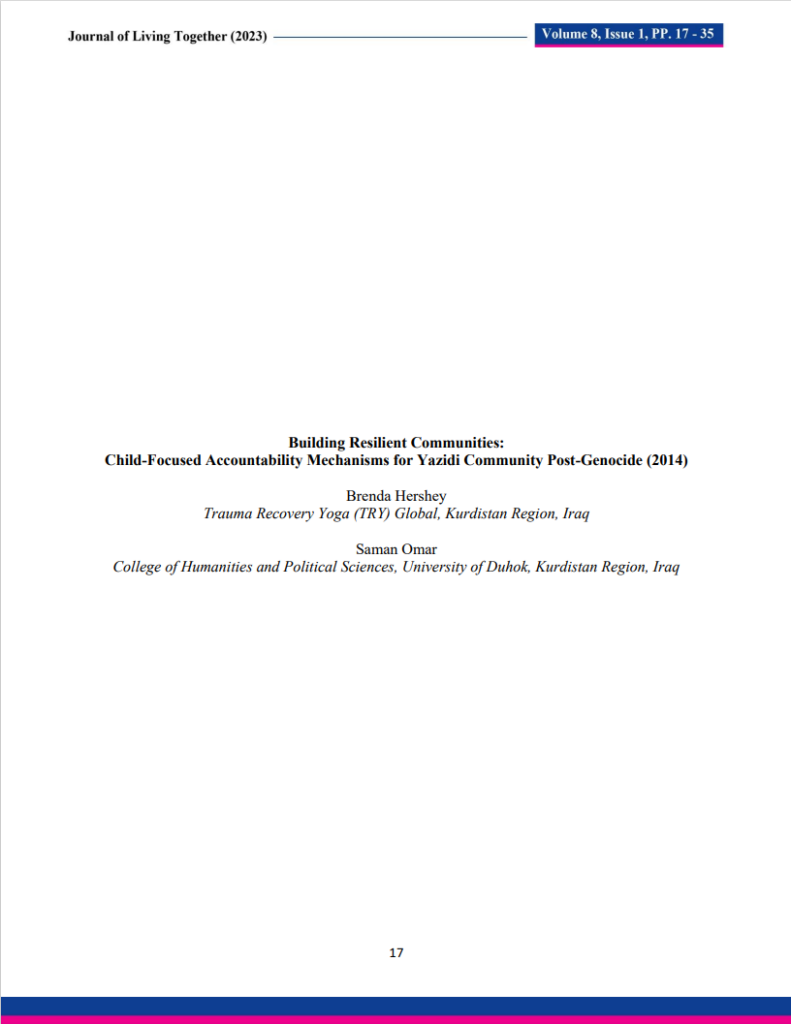Mastering Religious Conflict Mediation: A Step-by-Step Guide for Effective Resolution

Religious Conflict Mediation
Religious conflict mediation is a structured and impartial process aimed at facilitating dialogue and resolution between parties involved in disputes rooted in religious differences. This form of mediation seeks to address conflicts arising from divergent religious beliefs, practices, or identities, with the goal of fostering understanding, promoting tolerance, and finding mutually acceptable solutions.
Mediators, often skilled professionals with expertise in both conflict resolution and the relevant religious contexts, work to create a neutral and respectful environment where conflicting parties can engage in open communication, identify common ground, and develop agreements that address the underlying issues. The process emphasizes the importance of cultural competence, confidentiality, and a commitment to impartiality, guiding participants toward reconciliation and the establishment of sustainable relationships within the context of diverse religious communities.
Religious conflict mediation or mediating religious conflicts requires a nuanced approach that acknowledges the complexities of faith-based disputes. For an extended period, mediators have grappled with the challenge of discovering a practical guide for effectively mediating religious conflicts. The following is a comprehensive guide outlining the step-by-step process for mediating religious conflicts:
Step 1: Understand the Context
Educate Yourself:
- Gain a deep understanding of the religious beliefs and practices involved.
- Research the historical context and root causes of the conflict.
Identify Stakeholders:
- Identify key individuals, groups, and institutions involved in the conflict.
- Understand their perspectives and interests.
Step 2: Build a Mediation Team
Diverse Team:
- Assemble a diverse team, including individuals familiar with the religious traditions in question.
- Include people with mediation and conflict resolution expertise.
Cultural Competence:
- Ensure team members are culturally competent and respectful of religious sensitivities.
Step 3: Establish Ground Rules
Neutrality:
- Emphasize the importance of neutrality in the mediation process.
- Ensure that the mediators do not take sides or show favoritism.
Confidentiality:
- Establish confidentiality agreements to create a safe space for open dialogue.
Step 4: Conduct a Pre-Mediation Assessment
Needs and Interests:
- Identify the needs and interests of each party involved.
- Distinguish between positions and underlying concerns.
Power Dynamics:
- Analyze power dynamics to understand the influence of each party.
Step 5: Develop a Framework for Dialogue
Agree on Common Ground:
- Identify shared values and principles that can serve as a basis for dialogue.
Establish Communication Protocols:
- Set guidelines for respectful and constructive communication.
- Encourage active listening and empathy.
Step 6: Facilitate Dialogue Sessions
Structured Discussions:
- Conduct structured dialogue sessions to address specific issues.
- Ensure that all parties have an opportunity to express their perspectives.
Mediator’s Role:
- Facilitate rather than dictate the discussion.
- Address any attempts to proselytize or impose beliefs.
Step 7: Identify Common Goals
Shared Objectives:
- Identify common goals and areas of agreement.
- Highlight the shared benefits of resolving the conflict.
Bridge Differences:
- Explore ways to reconcile theological or doctrinal differences.
Step 8: Develop Agreements
Written Agreements:
- Work towards written agreements that reflect the resolutions and compromises reached.
- Ensure these agreements are clear and actionable.
Implementation Plan:
- Develop a plan for implementing the agreements.
- Establish mechanisms for ongoing dialogue and conflict prevention.
Step 9: Monitor and Evaluate
Follow-Up:
- Implement a follow-up process to ensure compliance with agreements.
- Address any emerging issues promptly.
Continuous Improvement:
- Reflect on the mediation process and identify areas for improvement.
- Encourage ongoing dialogue to prevent future conflicts.
Step 10: Engage in Community Building
Community Involvement:
- Engage broader communities in the reconciliation process.
- Foster understanding and tolerance through education and awareness programs.
Long-Term Relationships:
- Encourage the development of positive, long-term relationships between religious communities.
By following this comprehensive guide, mediators can help navigate the complexities of religious conflicts and facilitate constructive dialogue leading to lasting resolutions.
Explore the chance to elevate your professional mediation skills in handling conflicts driven by religious motivations through our specialized training in ethno-religious mediation.


